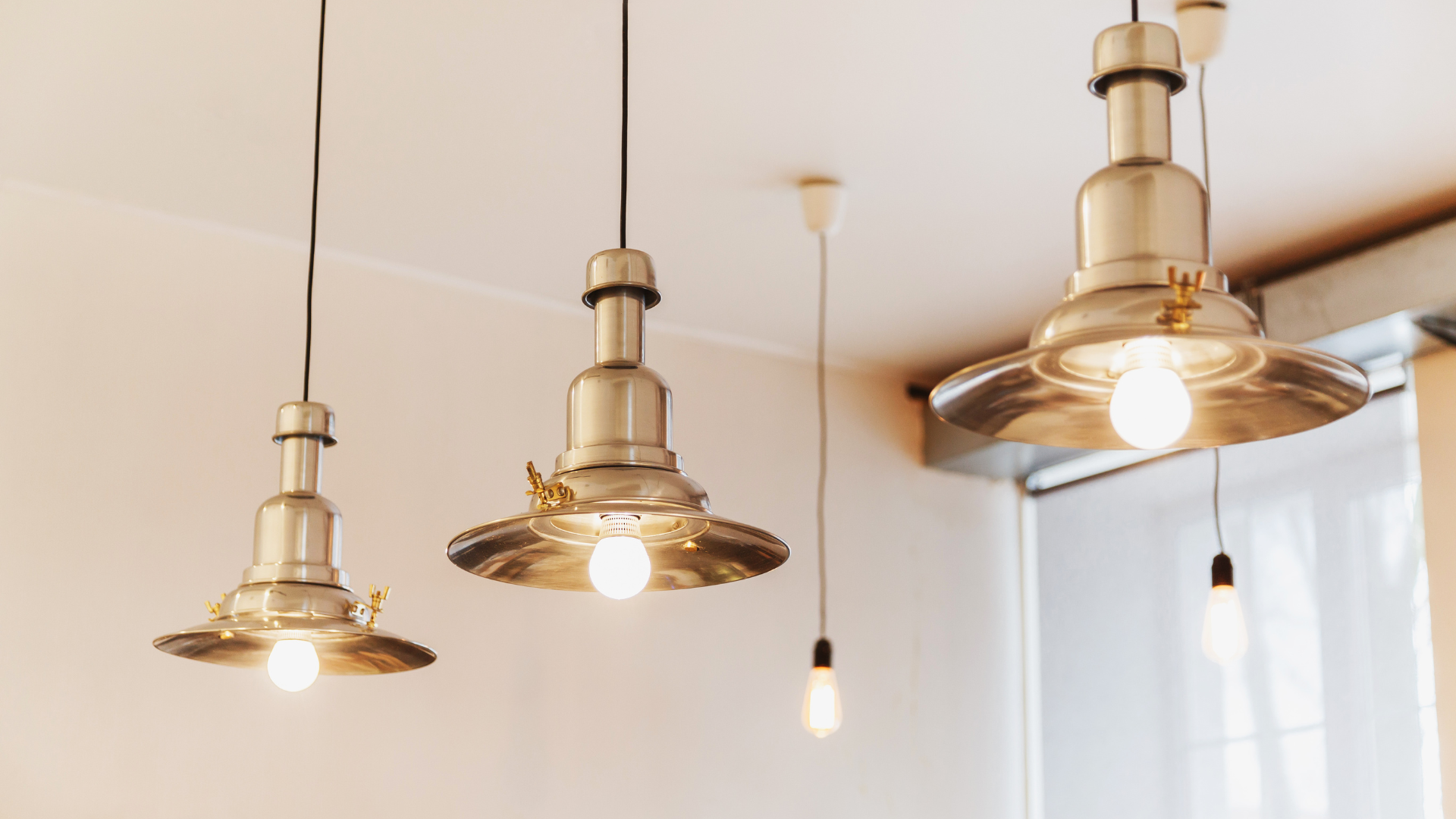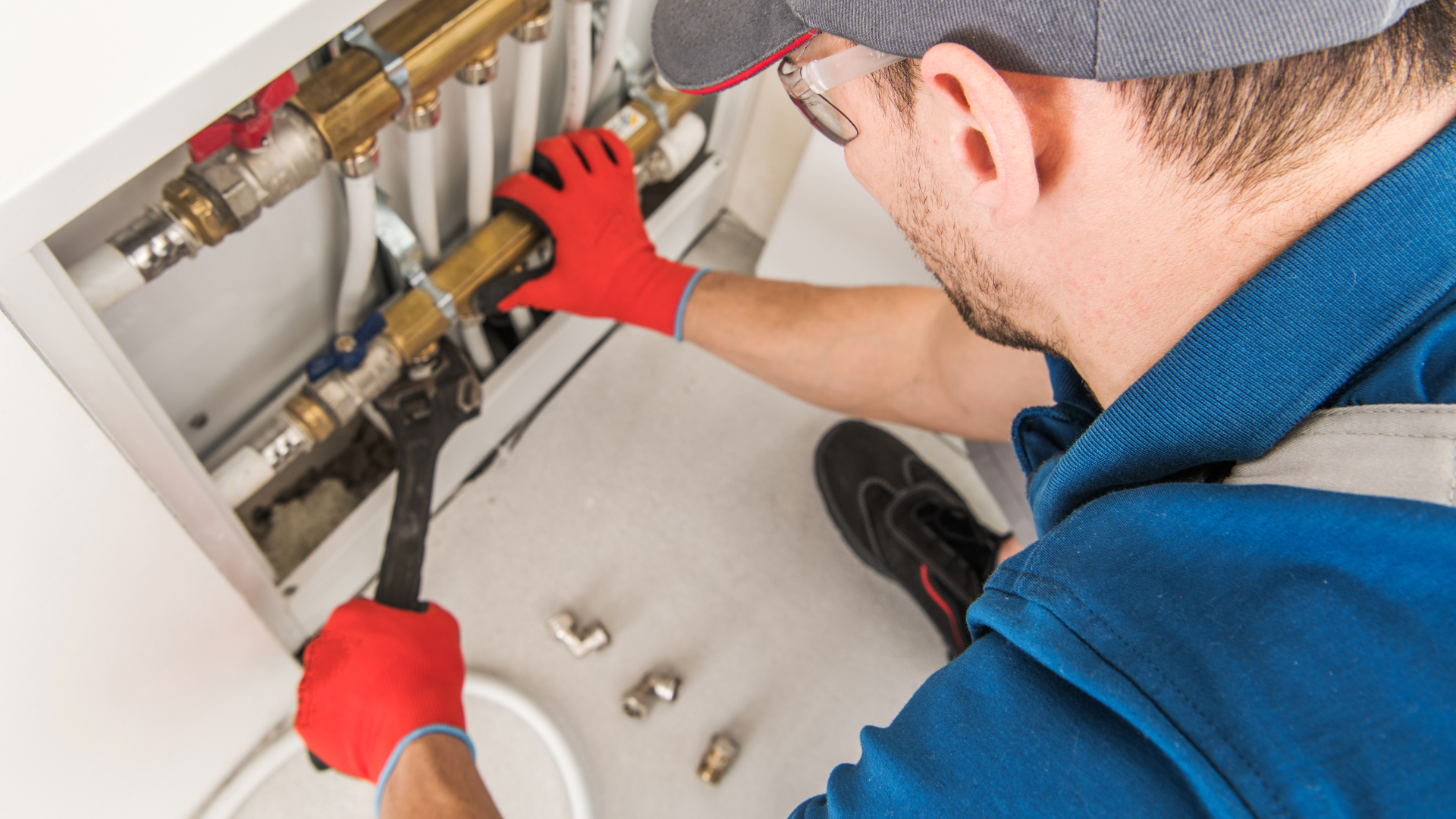Creating a perfect home lawn takes more than regular mowing and the occasional sprinkler run. It all starts with choosing the right grass. If you’re on a mission to transform your yard into a lush, green haven, you might have come across Sir Walter grass. But what makes it such a standout choice? Here, we’ll explore the benefits, care requirements, and unique qualities that make Sir Walter grass one of the top options for home lawns in Australia.
What is Sir Walter Grass?
Let’s start with a quick introduction. Sir Walter Buffalo grass is an Australian-bred turf variety, specifically developed to thrive in the diverse Australian climate. Unlike other turf types, Sir Walter grass Perth is known for its resilience, adaptability, and striking green colour, which it holds year-round with proper care. Its soft, broad leaves are not only easy on bare feet but also great for family-friendly spaces, as they’re gentle for kids and pets.
The Appeal of Sir Walter Grass: Why Homeowners Love It
Sir Walter’s popularity is no coincidence. There are some pretty specific reasons homeowners keep coming back to this grass:
- Unmatched Durability – Sir Walter grass handles the ups and downs of Australia’s climate, from scorching summers to cool winters. It’s particularly drought-tolerant, making it ideal if you’re looking to conserve water without sacrificing lawn health.
- Low Maintenance – Who doesn’t love a beautiful lawn without the constant upkeep? Sir Walter requires less fertiliser and only needs mowing around once a week in summer, making it ideal for those who prefer a low-maintenance lawn.
- Shade Tolerance – Not every grass type can handle shady spots, but Sir Walter thrives in partial shade. With 60–70% shade tolerance, it’s perfect if your yard has large trees or shaded areas near buildings.
- Self-Repairing Nature – Got patches? No problem. Sir Walter spreads sideways and quickly fills in bare spots, meaning it can recover on its own from regular wear and tear.
- Pest and Disease Resistance – Thanks to its dense growth, Sir Walter naturally resists many pests and weeds. This characteristic helps reduce the need for harsh chemicals and keeps maintenance time to a minimum.
How to Plant Sir Walter Grass Successfully
Setting up a Sir Walter lawn doesn’t have to be complicated, but getting it right from the start ensures a thriving lawn later. Here’s what you need to know to plant and establish Sir Walter grass effectively.
- Preparation is Key: Clear the area of any debris, weeds, or old grass. A clean, level surface gives Sir Walter the best chance to establish roots and grow evenly.
- Soil Quality: Ensure your soil is loose and well-draining. Sir Walter can tolerate a range of soils but performs best in soil that’s been enriched with organic matter or a quality lawn starter mix.
- Lay Turf Properly: When you’re ready to lay the turf, avoid gaps by placing pieces tightly together. This will help prevent weeds from creeping in and allow for a uniform lawn appearance as the turf knits together.
- Water Wisely: After laying your turf, water it generously to help roots take hold. For the first couple of weeks, keep the soil moist but not waterlogged. Once established, Sir Walter requires only occasional watering, especially in summer.
- Initial Mowing: Give it a few weeks before the first mow. Once the grass feels well-rooted and firm, mow high to encourage deep roots and thicker growth. Then, continue with regular mowing to keep your lawn looking sharp and healthy.
Caring for Your Sir Walter Lawn: Tips for Long-Term Success
Once your lawn is established, keeping it healthy is relatively straightforward. Here’s a breakdown of the essential care steps for maintaining your Sir Walter grass:
- Mowing: Sir Walter prefers to be mowed to a height of 2-5 cm. Mow weekly during the warmer months, but you can stretch it to every two weeks in winter when growth slows down.
- Watering: Despite its drought resistance, Sir Walter appreciates a deep watering during prolonged dry periods. Aim for a soaking every 10–14 days in summer and adjust based on rainfall.
- Fertilising: For best results, fertilise Sir Walter twice a year – once in spring and again in autumn. Use a slow-release fertiliser to encourage steady growth and maintain colour.
- Aerating and Dethatching: Over time, Sir Walter can develop a layer of thatch (old, dead grass) that blocks air and water from reaching the roots. Aerate and dethatch your lawn every couple of years to promote healthy root development.
Common Myths About Sir Walter Grass – Cleared Up
As popular as it is, there are a few misconceptions about Sir Walter grass that deserve clarification:
“Sir Walter Needs Lots of Water”
While it benefits from an occasional deep watering, Sir Walter actually uses less water than many other types. Its drought tolerance makes it a great choice for areas with water restrictions.
“It Can’t Handle Cold Weather”
This is another common myth. Sir Walter is more cold-tolerant than people think and holds up well in Australian winters, retaining its green colour better than many other varieties.
“Sir Walter Attracts Pests”
Its dense growth naturally limits pest issues, meaning fewer applications of pest control products are needed.
Why Sir Walter is Worth It
If you’re weighing up grass options, the unique qualities of Sir Walter make it worth the investment. It’s not just about appearances, either. Sir Walter offers both durability and flexibility, making it a practical choice whether your lawn is the centre of family activities or a space to relax. It’s the kind of grass that saves you time and water while keeping your lawn green and inviting. Its ability to thrive in challenging conditions and its minimal maintenance make it ideal for many Australian households.
Transform Your Lawn with Sir Walter
Sir Walter grass offers a combination of beauty, resilience, and ease of care that’s hard to beat. If you’re after a lawn that looks great, requires less work, and stands up to the elements, it’s hard to go past this choice. So, if you’re ready to enjoy a lush, low-maintenance lawn that adds both beauty and value to your home, Sir Walter might just be the answer you’ve been looking for.










